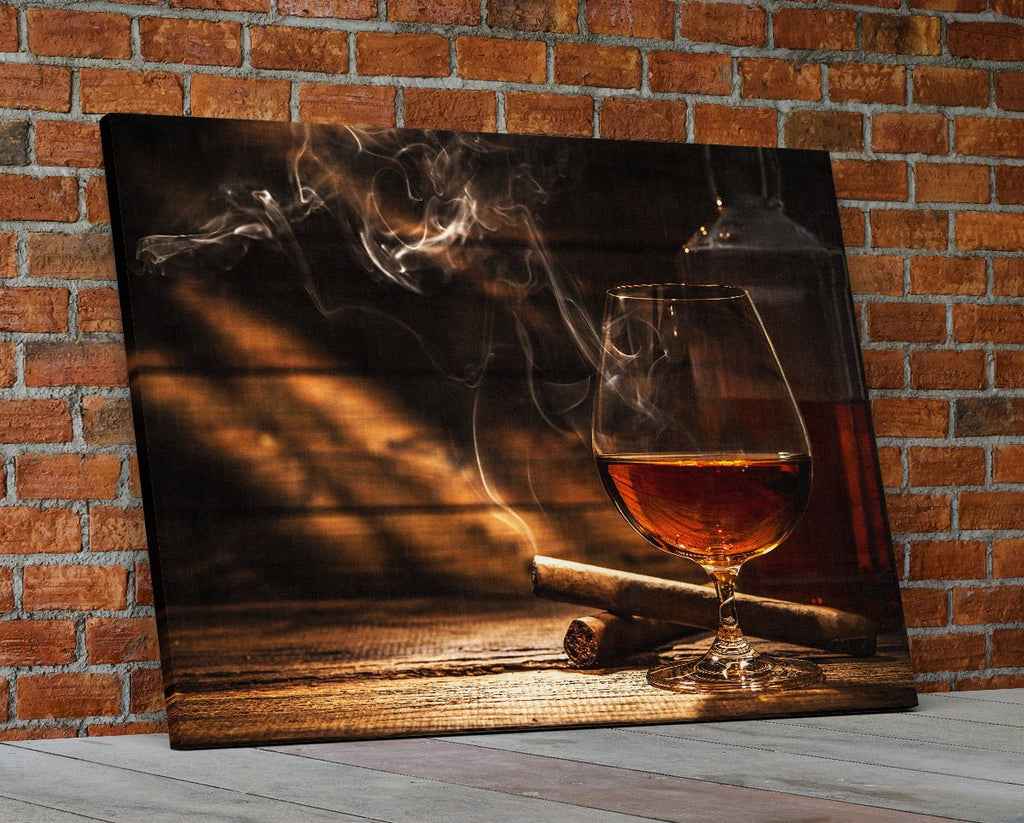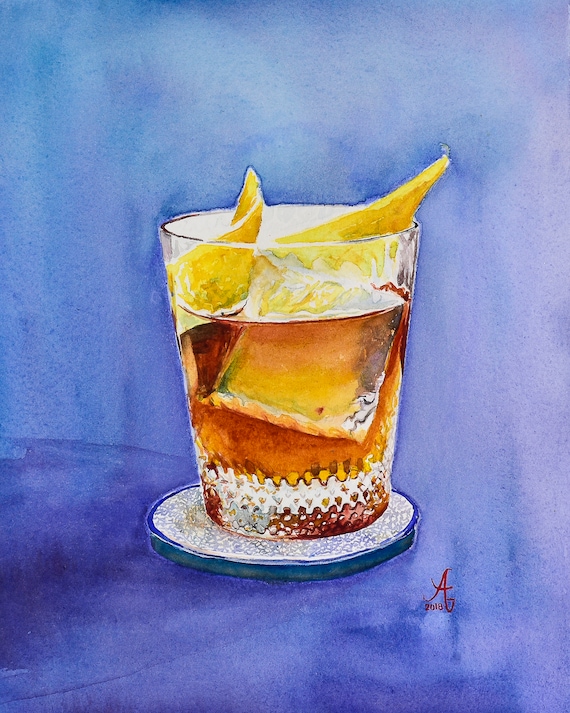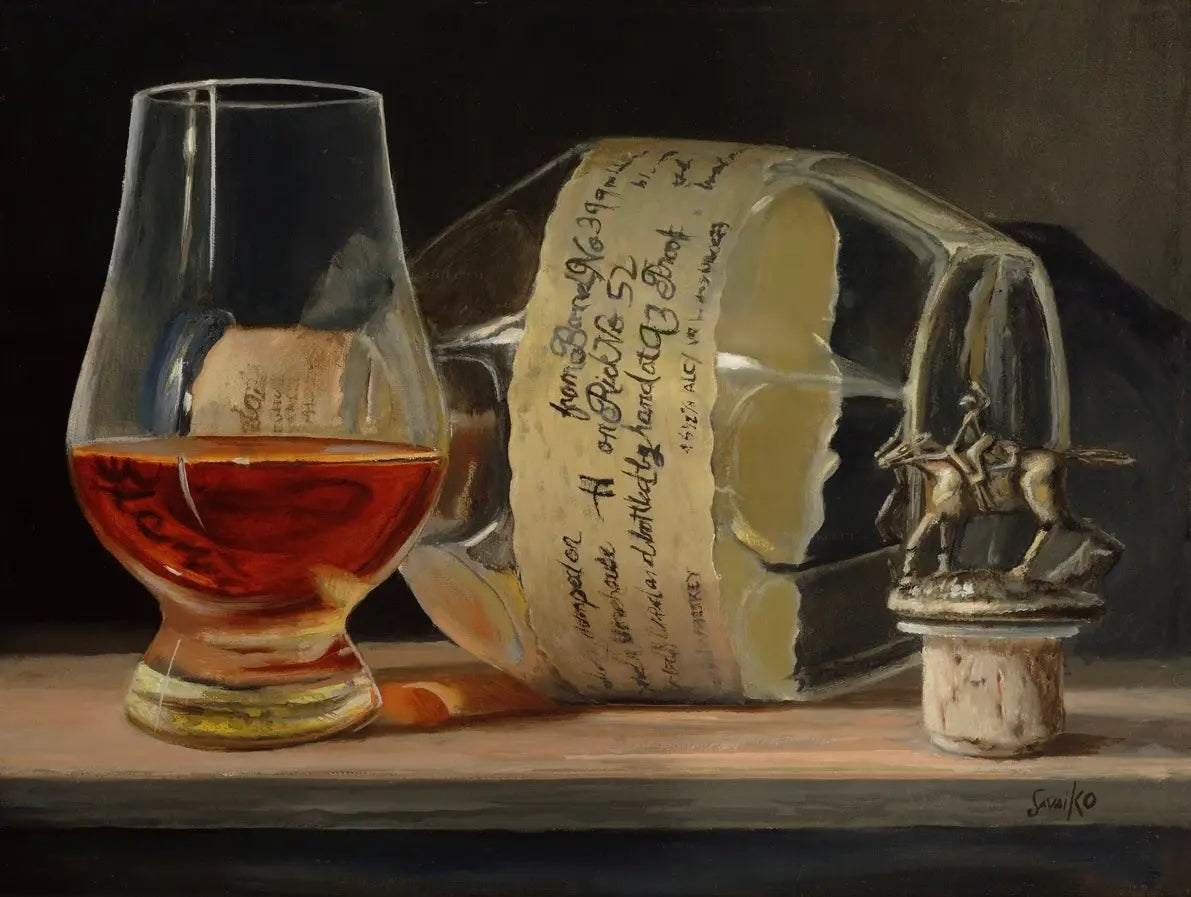Whiskey Art: Catching the Significance of Distillation in Every Brushstroke
Whiskey Art: Catching the Significance of Distillation in Every Brushstroke
Blog Article
The Relevance of Whiskey Art in Celebrating Heritage and Craftsmanship in the Beverage Industry
The complex connection between whiskey art and the celebration of heritage and craftsmanship within the drink sector can not be overemphasized. With thoughtfully developed containers and labels, whiskey brands envelop their historic roots and the artisanal skills that specify their manufacturing techniques. This creative dimension not just improves market charm but additionally acts as a channel for cultural narration, promoting a deeper link in between the craft and the consumer. As we discover the various aspects of this topic, fascinating inquiries regarding the impact of modern-day patterns on conventional techniques develop, prompting more assessment.
The Historic Roots of Whiskey
At the heart of whiskey's appeal exists a rich tapestry of historic roots that trace back to old worlds. The beginnings of whiskey can be linked to the purification practices of the Sumerians and Babylonians around 2000 BCE, where very early forms of fermented grain beverages started to arise. It was in the Middle Ages that the art of purification advanced considerably, specifically in Ireland and Scotland, leading to the production of whiskey as we understand it today.
The term "bourbon" itself stems from the Gaelic word "uisce beatha," implying "water of life." This phrase emphasizes the social significance of scotch in Celtic societies, where it was usually related to rituals, events, and common bonding. By the 15th century, purification came to be a recognized craft within monastic communities, leading the way for the establishment of legal distilleries.
As profession paths increased, bourbon's appeal expanded, transcending local limits and capturing the interest of lovers worldwide. Realism Art. This historic trip mirrors not just the workmanship behind bourbon manufacturing yet additionally its indispensable duty in social and social contexts, noting it as a substantial drink throughout background
Artistic Expression in Branding
Scotch branding stands as a compelling intersection of artistry and commerce, where aesthetic identification plays a critical duty fit customer understanding. The looks of scotch labels, packaging, and marketing products show not only the brand's tale yet likewise its core values and heritage. Through imaginative expression, distilleries share a narrative that resonates with customers, stimulating emotions and sparking links.
The use of color, typography, and images in branding serves to set apart products in a saturated market. Typical themes might evoke a feeling of credibility and craftsmanship, while modern-day styles can indicate development and forward-thinking. This strategic creative instructions enhances brand name acknowledgment and loyalty, permitting consumers to create an individual relationship with the scotch they pick.
Furthermore, imaginative expression in branding frequently offers as a celebration of regional heritage. Distilleries often include local signs or historic references into their styles, developing a sense of location that welcomes customers to take part in a wider social experience. Inevitably, the artistry behind whiskey branding not only improves aesthetic allure but also enhances the total story of the brand name, fostering a deeper gratitude for the workmanship and heritage ingrained in each container.
Workmanship in Container Layout
The artistry apparent in scotch branding prolongs beyond visual identification to include the workmanship associated with container layout. Each container works as a vessel not simply for the spirit within, yet additionally for the tale it informs concerning click this its quality, tradition, and origin. The layout procedure calls for careful interest to information, as aspects such as shape, material, and closure add substantially to the general understanding of the scotch.
Craftsmanship in container layout includes selecting top quality glass that can enhance the bourbon's shade and clearness, while also providing a responsive experience for the consumer. The silhouette of the container need to be both visually appealing and useful, usually showing the heritage of the brand. Several distilleries select distinct forms or embossed logo designs that stimulate a sense of credibility and history.
In addition, the tag design and typography play a critical function in communicating the brand name's narrative. Realism Art. A well-crafted bottle not just mesmerizes the customer's eye but additionally strengthens the brand name's commitment to top quality and custom. By doing this, the workmanship of bottle style becomes a crucial aspect of the scotch experience, combining creativity with an extensive respect for heritage
Social Significance of Scotch Art
Commemorating tradition and workmanship, the social importance of bourbon art transcends simple aesthetics, intertwining with the social and historic narratives of the areas where it originates. Each bottle acts as a canvas, depicting the special tales, folklore, and customs that have actually formed local whiskey-making methods. The complex layouts frequently show the heritage of the distillers, including symbols and motifs that resonate with the society and worths additional resources of their areas.

On top of that, whiskey art plays a crucial duty in common celebrations and celebrations, working as a tangible link in between individuals and their shared experiences. By appreciating the virtuosity in whiskey packaging, customers grow a deeper understanding and respect for the craft, inevitably enriching their pleasure of the drink itself.
Modern Trends in Whiskey Presentation
In the last few years, the discussion of whiskey has progressed to mirror contemporary tastes and trends while still honoring standard craftsmanship - Limited Edition. Distilleries are progressively concentrating on aesthetic components that enhance the general alcohol consumption experience, linking the gap between heritage and modernity
Ingenious container layouts have actually arised, frequently integrating lasting products and imaginative tags that inform engaging tales. Many brands now collaborate with regional artists, infusing their products with special aesthetic expressions that reverberate with customers. Furthermore, limited-edition launches are commonly packaged in collectible containers, including worth and allure for aficionados.

Final Thought
To conclude, whiskey art serves as a crucial avenue for sharing the heritage and craftsmanship fundamental in the beverage market. Via intricate branding, innovative bottle styles, and culturally considerable imaginative components, bourbon brand names effectively honor their traditions and link with consumers. This creative story not Source only raises the recognition of bourbon yet additionally enhances area identification and satisfaction amongst manufacturers. Inevitably, bourbon art plays a crucial duty in preserving and commemorating the abundant social tapestry of whiskey-making.


Workmanship in bottle design entails choosing premium glass that can improve the whiskey's shade and clearness, while also giving a responsive experience for the consumer. In this way, the workmanship of bottle design comes to be an important aspect of the bourbon experience, merging artistry with an extensive respect for heritage.
In verdict, scotch art serves as an essential channel for expressing the heritage and workmanship fundamental in the drink market.
Report this page